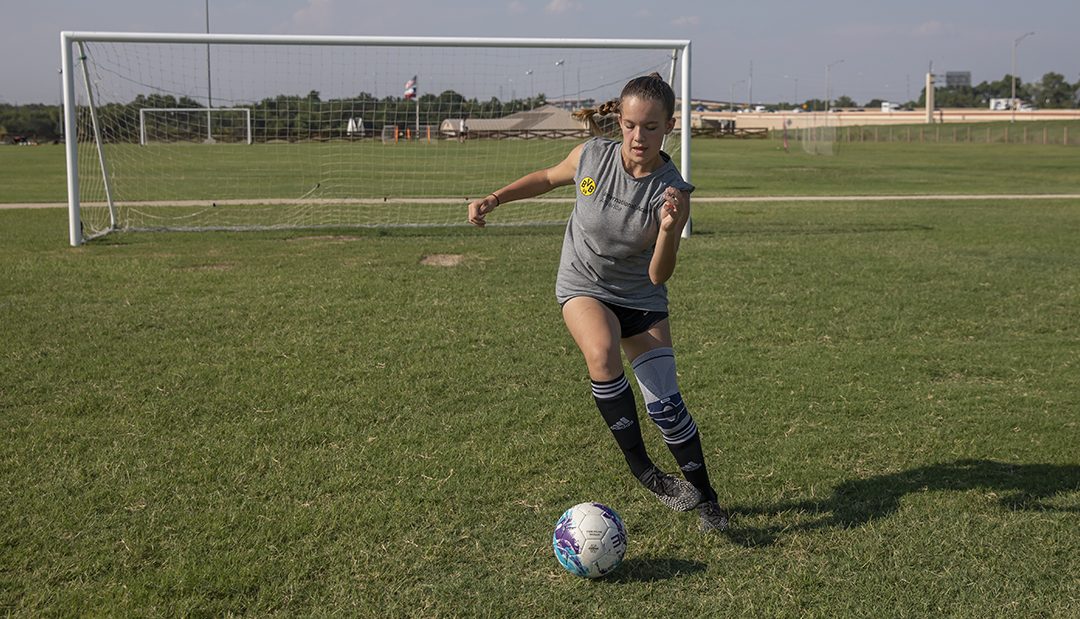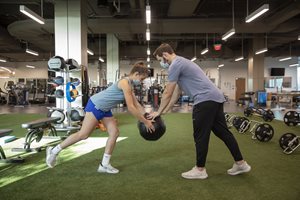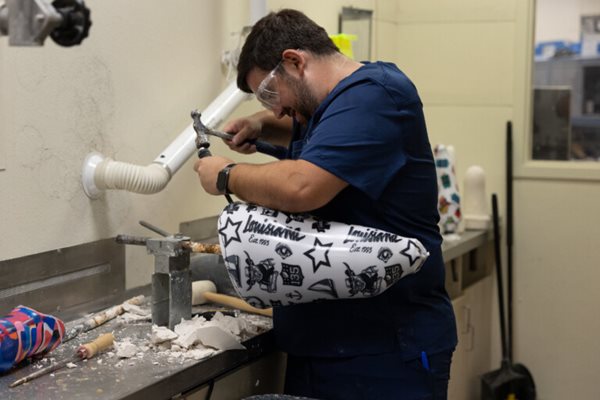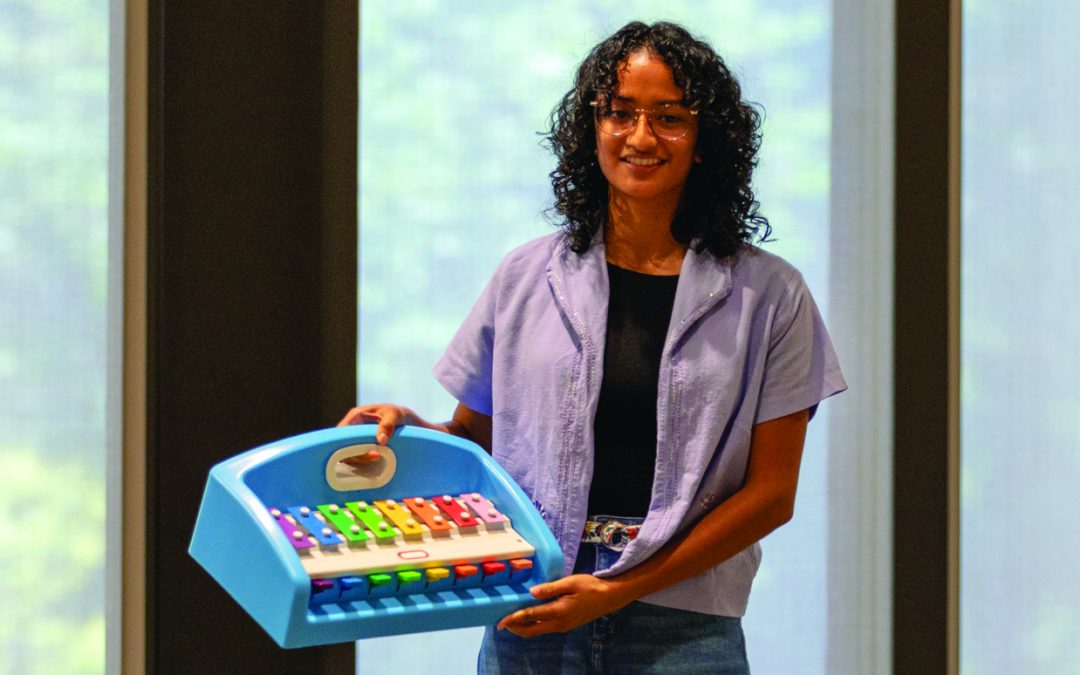
Donor Spotlight: We Are More – Empowering Patients Through Their Talents
A recent graduate of The University of Texas at Austin and former Scottish Rite for Children patient, Divya shared her talent in the We Are More Talent Show, a fundraiser that she created seven years ago to support patient care at Scottish Rite. “I wanted to give back,” she says, “and I realized there were probably a lot of other kids who wanted to give back but didn’t know how.” From rock bands, dancers and acrobatic yogis to an amputee playing the ukulele, an artist without hands painting and a child quickly solving a Rubik’s® Cube — a wide variety of talents have been showcased.
“When I started the show, my motivation was to raise money, but I realized it was more than just a fundraiser,” Divya says. “It had an impact on the patients.” The one-of-a-kind show encourages patients and families to bond and build community. There is no competition and no expectations. “You do whatever you want, have fun doing it, and everyone claps for you,” Divya says. “It creates a space for kids to be themselves, to feel included and supported.”
When Divya was 7, she was referred to Scottish Rite for joint hypermobility. “My ligaments were like rubber bands,” Divya says. “Instead of stretching and then recoiling back, they just kept stretching and stretching, so my kneecaps started dislocating.” Growing up, Divya had to sit out at recess and skip playing sports. She had multiple surgeries, but in high school, her family connected with pediatric orthopedic surgeon and medical director of clinical research Henry B. Ellis, M.D. He performed reconstruction surgeries on her knees that she says changed her life. “I never thought that I could do the things that I can do now, but after my last surgeries, I was miraculously fine,” she says.
Divya’s journey inspired We Are More. “I wanted to show that kids who go to Scottish Rite can still do cool things, that we are more than our disabilities.” The Association of Fundraising Professionals of Greater Dallas has recognized Divya with the 2023 Outstanding Youth in Philanthropy award. “We are so extremely proud of Divya,” says Stephanie Brigger, vice president of Development. “She has touched the hearts of so many people and contributed so much to Scottish Rite.”
Now, Divya is applying to medical school to become a doctor. She feels that her experience at Scottish Rite will position her to do more advocacy in the field. “Scottish Rite gives families hope,” Divya says, “not only because their kids receive the utmost care, but also because they don’t have to worry about whether they can afford it. There’s no other place like it!”


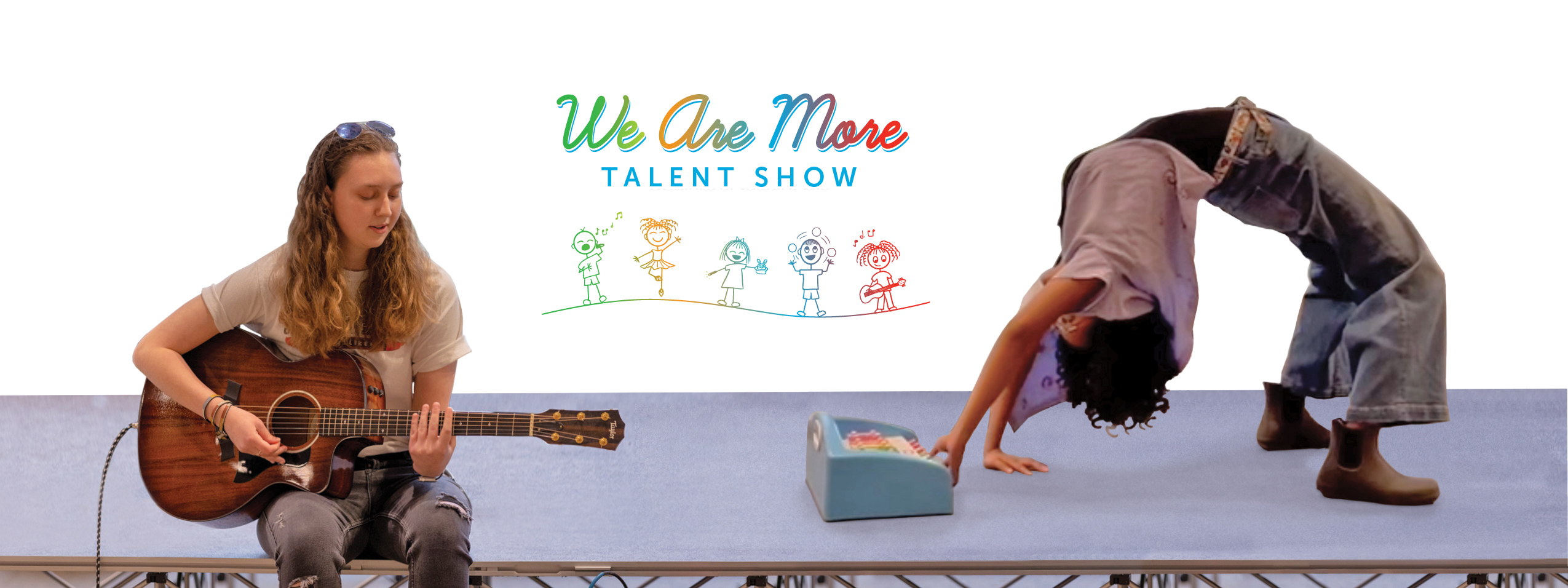

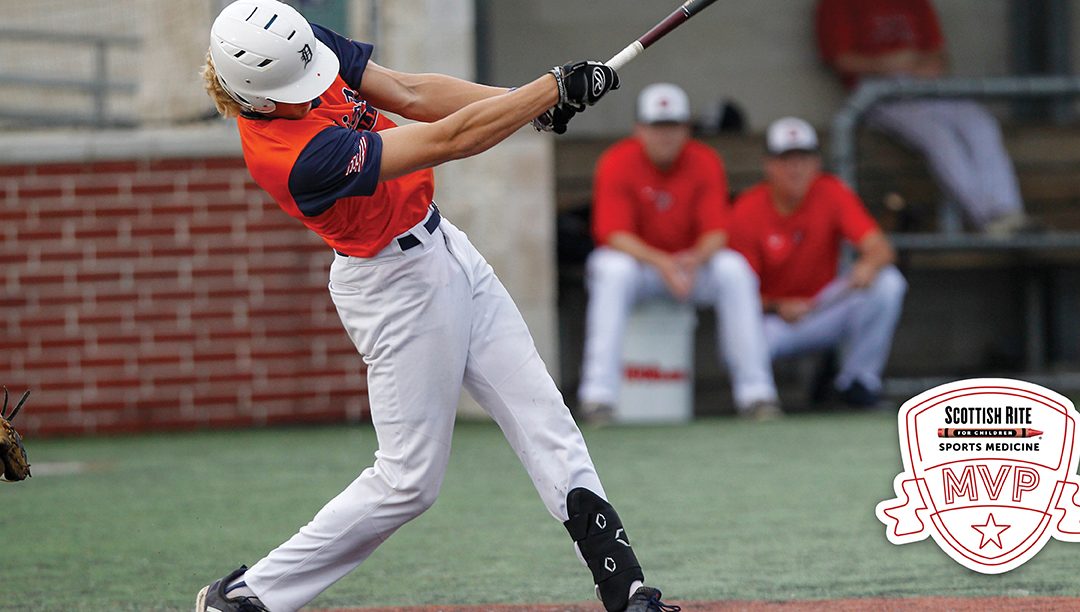
.jpg?width=400&height=266)
